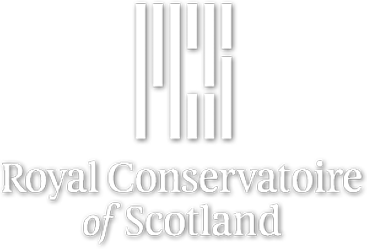Spectral Enrichment in Valve Trombones
Research output: Contributions to books, editions, reports or conference proceedings › Conference contribution › peer-review
Contributors
About
Following the development of practicable valves in the 1810s, valved versions of horns, trumpets and trombones quickly followed. The valve trombone became a popular and widely used brass instrument throughout the 19th century, although employed less commonly today. Not only were valve trombones made in a great variety of wraps, but also in a wide variety of bore profiles. Many valve trombones were close in bore profile to slide trombones (therefore necessarily close to cylindrical for a high proportion of the sounding length), but some employed novel bore profiles. The range of values of the spectral enrichment parameter E (derived from physical measurements) for tenor valve trombones overlaps with the range of E values for baritone saxhorns. Nevertheless, saxhorns are perceived as cuivres doux (mellow) while valve trombones are cuivres clairs (bright). This anomaly is partly due to different playing styles of valve trombones and baritones, but subtleties in the rates of expansion in bore are also significant. This paper compares these overlapping categories using detailed bore measurements and analysis of playing tests on instruments from the respective families.
Details
| Original language | English |
|---|---|
| Title of host publication | Proceedings, Forum Acusticum 2023 |
| Subtitle of host publication | 10th Convention of the European Acoustics Association, Torino, 11-15 September 2023 |
| Publisher | European Acoustics Association |
| Number of pages | 6 |
| Publication status | Published or Performed - 15 Sept 2023 |
Author keywords
Keywords
- valve trombone, spectral enrichment, brass instruments, timbre, playing tests
